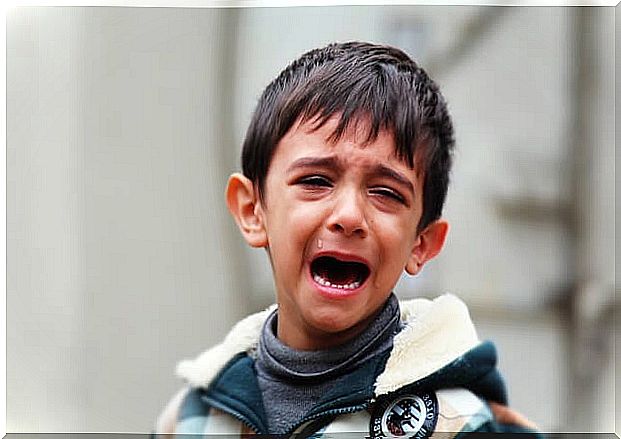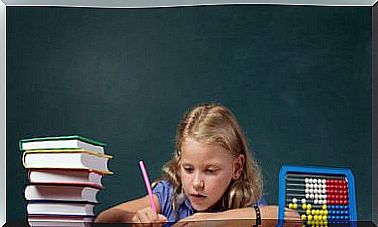9 Effective Techniques For “time Out”
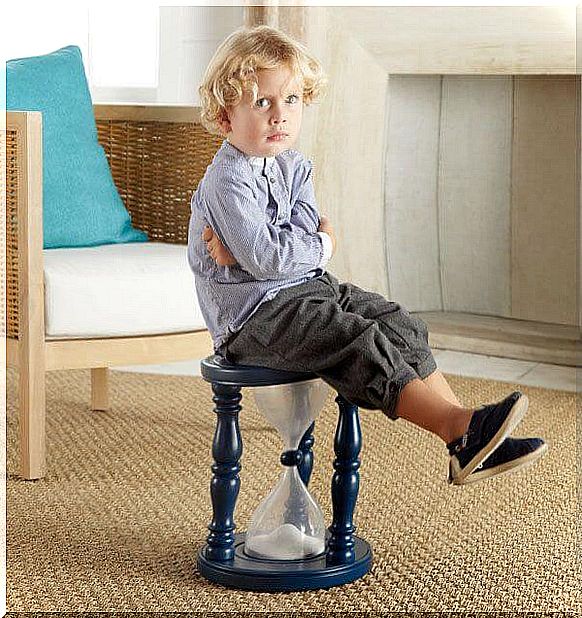
Time out for children should be used as a reinforcement of the discipline techniques that are used daily with them. They are very effective tools when you do them consciously. We refer to when we send the child to his room or to some place “outside” where the rest of us are.
Effective techniques for time out
For time-out to be meaningful, you need to give them plenty of “time-in,” that is, share a lot with them so they feel the change when their inappropriate behavior causes them to have time-out.
1. Connect with your kids
When you achieve a special connection with them thanks to the quality of time they share, the family ties will become much stronger and you will have more authority at the time of suggesting that they need to spend time outside after misbehavior. In order for it to work, you must have spent a lot of quality time with them.
2. Prepare your child
Another of the best effective techniques for this technique is to prepare them to associate that your decision is a consequence of inappropriate behavior. Use your words to explain the situation well and show them that every negative act they do will have a correction from you.
3. Apply time outside, even when they’re not at home
If he has a tantrum at the grocery store or in the park, you should also find a quiet place to take him out for time out. Remember that he should not have any toys or elements that can distract him during these five minutes.
4. Do not exceed the time
Immediately after the behavior occurs, make the appropriate correction. A quick reaction on your part can prevent tantrums or major conflicts and the rules must be agreed in advance. Do not try to apply it without first communicating what the result of certain actions will be.
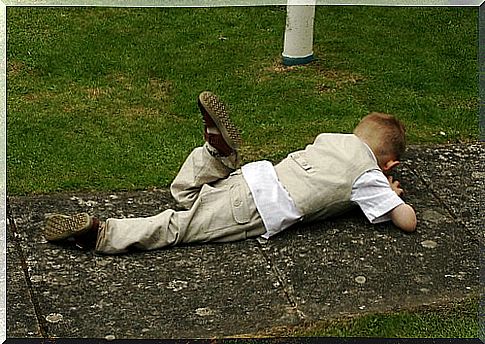
5. Time out must be done in silence
This technique for children should be silent, both on their part and yours. During this period of time there should be no crying or screaming on your part. Talk to him when things are calm and he’s in the mood to truly listen to you.
6. Choose the right place
If you usually use this technique, you should already have a certain place for them to spend their minutes of reflection. At home you can designate a chair or a bench away from things that may attract their attention. If the bad behavior occurs in a place away from home, find a quiet place where no one can approach and remove it from your internal dialogue.
7. Times out to think
This technique gives you the opportunity to reflect on the duties that you did not fulfill and also you will have time to plan a strategy to continue and generate a change in behavior. In addition to calm, this technique should generate a conversation in which the aspects that need to be modified to have a better coexistence and avoid the need to return to time-outs are raised.
8. Clean the environment after the “punishment”
When the children have spent the stipulated time in the place you indicate, let them understand that it is over and that they can continue with the activities they were doing. He states that it is time to play and continue normally; If possible, plan a different hobby that disconnects you from what caused the inconvenience.
9. Avoid being over stimulated
Spaces in which there are many objects or colors are responsible for sensory stress in children and inappropriate behaviors. Keep the spaces quiet so that the development of their daily lives is much calmer. If you don’t want them to yell, avoid speaking to them in low tones as well. Stay calm when you go to correct them.
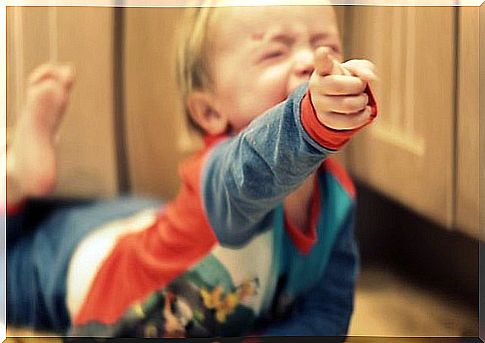
What to do if you don’t want to go to time out?
If you don’t want to comply, try the following:
- Sit down with him if necessary and let him know that this is something he should do because he has not acted in the right way. Stay there until the child is calm enough to stay in place without protest.
- In calm situations, show him with examples like sports that when there is an infraction there is always a penalty, so that he will more easily associate what happens in his daily life.
- For no reason let him evade the time out, if he does it once, you will lose the entire process that you have done for so long.
